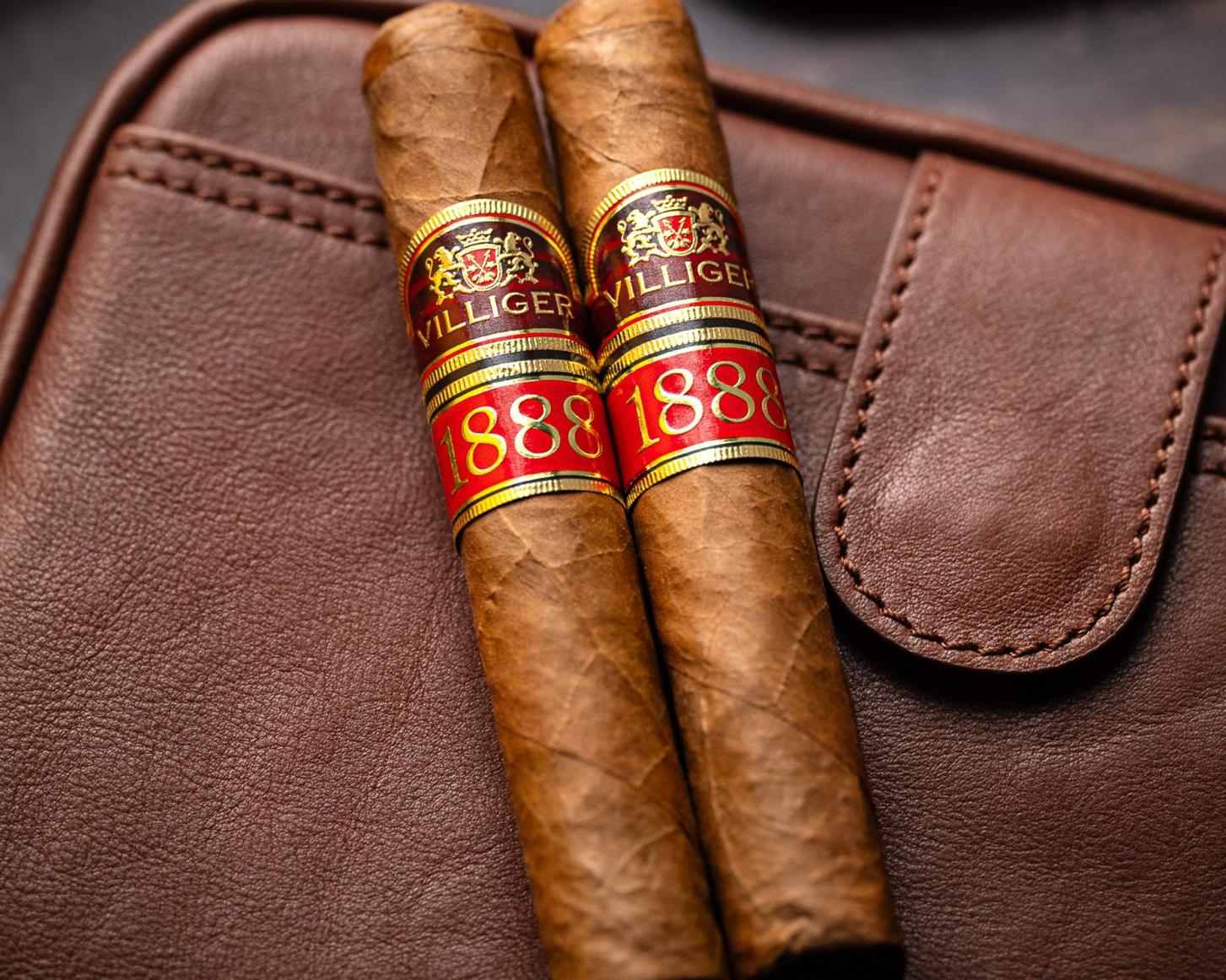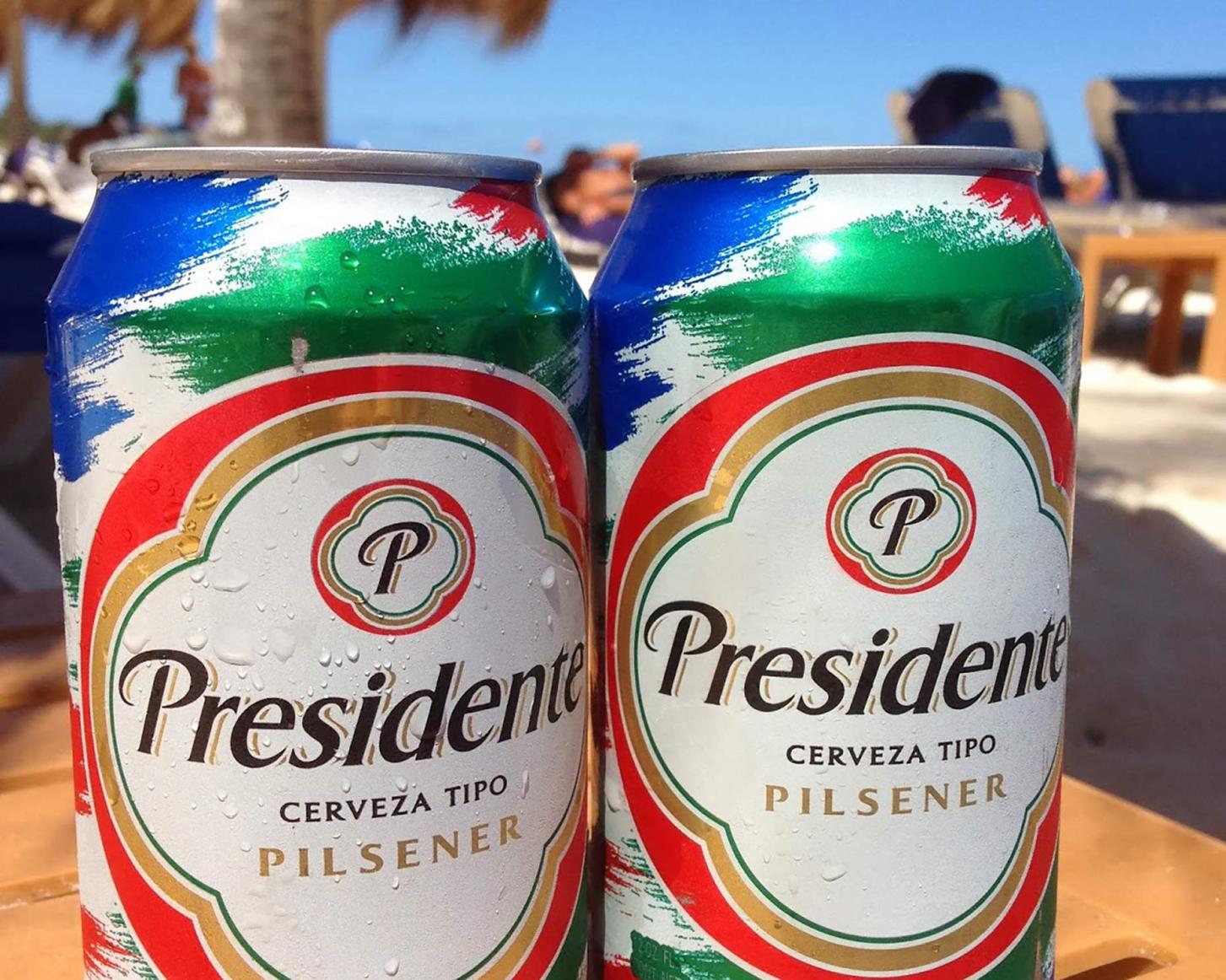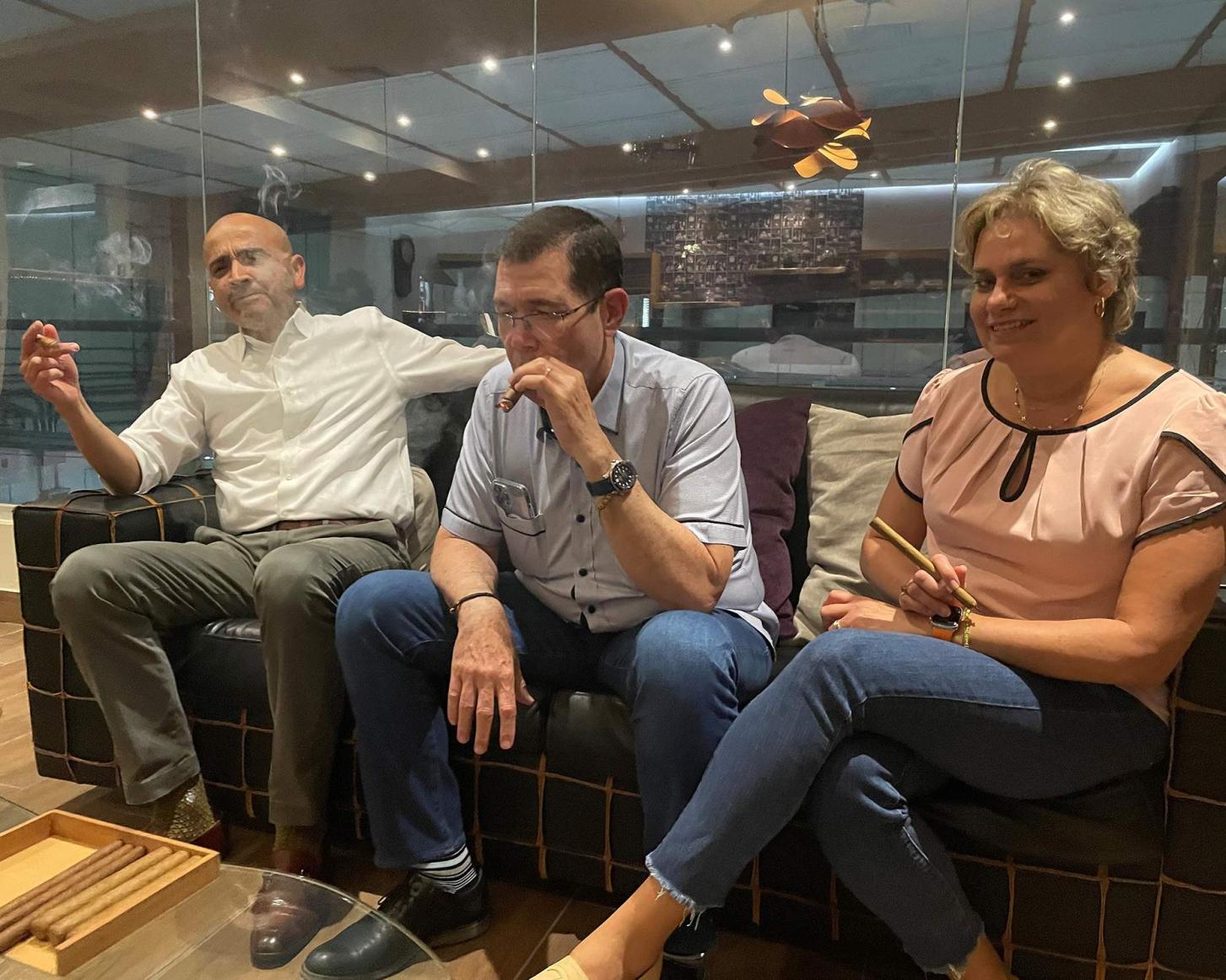I landed in Santo Domingo in the early afternoon of the last week of February. As I stepped off the plane, I was greeted by the Caribbean sun. I couldn't help but feel a sense of excitement returning to my second home.
The weather was nice, and the humidity was high. It was almost as if you could smell the aroma of the sea nearby, with a gentle breeze carrying the scent of coconut and sea salt.
As I made my way through the airport, the rhythmic sound of the bachatas filled the air, setting a vibrant tone for my arrival in the Dominican Republic, The Cigar Country.
When I left the airport, my friend Joselito was waiting for me. After a quick reunion, we jumped into his car and started my Dominican journey. A few minutes later, we stopped at the nearest colmado (a local convenience where they sell staples such as rice, beans, rum, beer, etc.) We ordered a couple of Presidente beers, and I pulled out two Villiger 1888 Dominican cigars from my backpack.


Beers in hand and cigars lit up, Joselito said, smoking his cigar. "My friend, Welcome Back to my country! Welcome Back to your country!"
Experiences like these are how my trips to the Dominican Republic usually start: with a beer, a cigar, and a warm welcome from a Dominican friend.
After this "Caribbean break," we went to visit our dear friend Matias Maragoto (owner and master-blender at ABAM Cigars in Villa Mella). We were welcomed with a big smile and a handful of new cigar blends to try. This is the time of the year when we start developing new blends, reviewing, and fine-tuning old ones, and discussing the projects we have in the pipeline for the near future.

Cigar making is a long process that requires team effort at the factory. The key player is the master blender. His main target is to create new magical blends based on the organoleptic qualities of the different tobaccos. But behind him, there is a large group of artisans adding their knowledge and expertise to the whole process.
Wandering through the cigar factory, we took the opportunity to check out tobacco inventories. We visited the team dedicated to sorting and preparing tobacco. Then we passed by the boncheros and rollers crafting cigars. Later, we watched another team meticulously sorting cigars by the color shade of the wrapper. While others applied cigar bands and packaged them into boxes.
The cigar factory always offers nothing short of a great experience. With every visit like this one, I am always impressed with the cigar rollers' skills and craft. They have a deep connection with tobacco and understand the art of putting it together to handcraft cigars. The factory's aromas will transport you to the rolling hills of tobacco fields. And the tobacco perfume will capture your senses and allow you to deepen your respect for the art of cigar-making that spans generations.